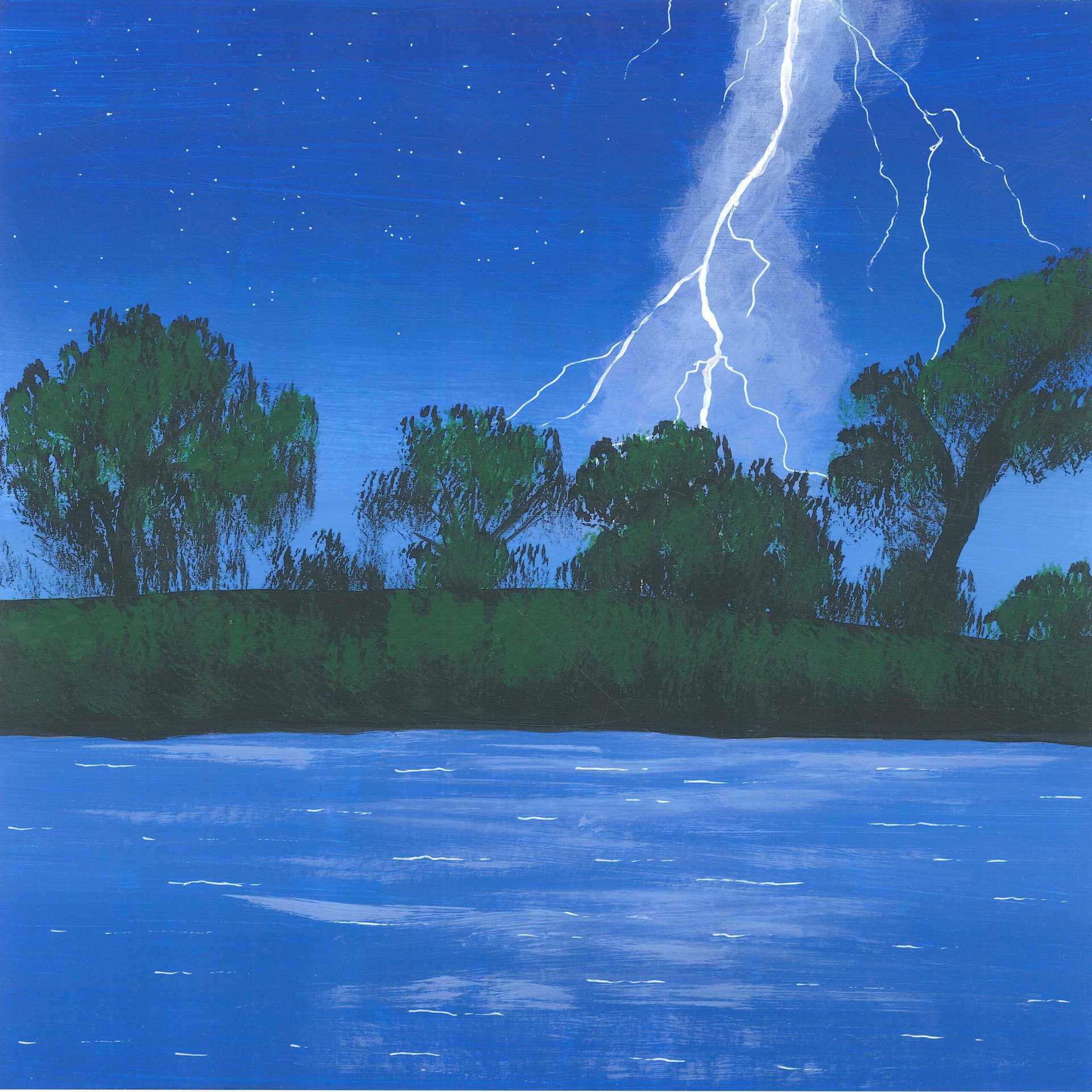
Rainforest Thunderstorm in the Amazon
Massive Thunderstorm Approaching in the Amazon Rainforest
A thunderstorm of epic proportions on the horizon in the Amazon rainforest – with almost continuous lightning, thunder, wind, and a little rain.
I recently traveled to the Amazon rainforest in the tri-border area of Brazil, Colombia, and Peru. It was the so-called dry season, but that really doesn’t mean much. In tropical and equatorial rainforests, the dry season is actually quite rainy, though the rainy season is even wetter; during my expedition, several awe-inspiring thunderstorms happened in the space of a few weeks.
Having spent extensive time in tropical and equatorial rainforests, I’m used to loud thunder, powerful lightning, heavy winds, and rain, and generally massive thunderstorms. What was new for me in this part of the Amazon was seeing these thunderstorms on the horizon, sometimes for hours before they hit.
On this evening, there were not one but two thunderstorms in the distance, with amazing lightning but with almost no thunder reaching me. That in itself was a curiously disconnected experience: I was surrounded by the sounds of the rainforest and could barely hear the low rumble of distant rolling thunder. I felt suspended in a weird limbo where, though the thunderstorms were real, I could only perceive them with one of my senses. Soon enough, as the sound started to reach me, this magic was broken.
I had ample time to sit on the porch of my hut and observe the epic clouds in the distance. I took my time shooting photos and videos, and even a timelapse of a massive cumulonimbus incus cloud taking over the sky. I also had five sound-recording rigs in various parts of the rainforest, although only one captured the storm’s extreme dynamic range well.
Thunder, rain, and wind aren’t the only elements in this soundscape. The jungle is teeming with wildlife, and at this time of day – after the dusk chorus – the insects take over. Occasionally some frogs join in as well. It’s a beautifully rounded ambiance, full of heavy contrast and perfectly immersive, with elements from close by and far away mixing together beautifully.
George Vlad (recording artist)
–
Now you’ve heard this thunderstorm soundscape, read on to discover further details about Amazon rainforest thunderstorms.
